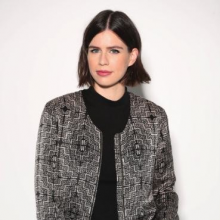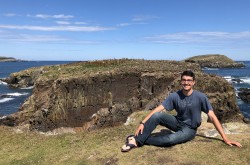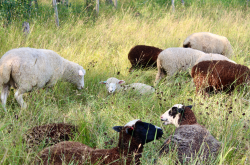Women in STEM: A look at the incredible contributions of women through Ingenium’s collection
Women have always been leaders in science, technology, engineering, and math (STEM), but their stories are often untold.
In celebration of International Women’s Day (March 8), we’re highlighting some historically significant items from Ingenium’s collection, intrinsically linked to the incredible contributions of women in STEM.
Whether operated, engineered, developed, or inspired by women, each of these items have contributed to Canada’s incredible history of science and innovation.

The SASKI sit ski at the Canada Science and Technology Museum.
1. Colette Bourgonje and the SASKI sit ski
Colette Bourgonje is one of the most decorated Canadian Paralympic athletes, and has been involved in the development and testing of the prototype SASKI sit ski that is currently on display at the Canada Science and Technology Museum.
This type of sit ski is used by both recreational and competitive skiers who participate in the sport of para-ordic skiing, the adapted version of Nordic — or cross-country — skiing.
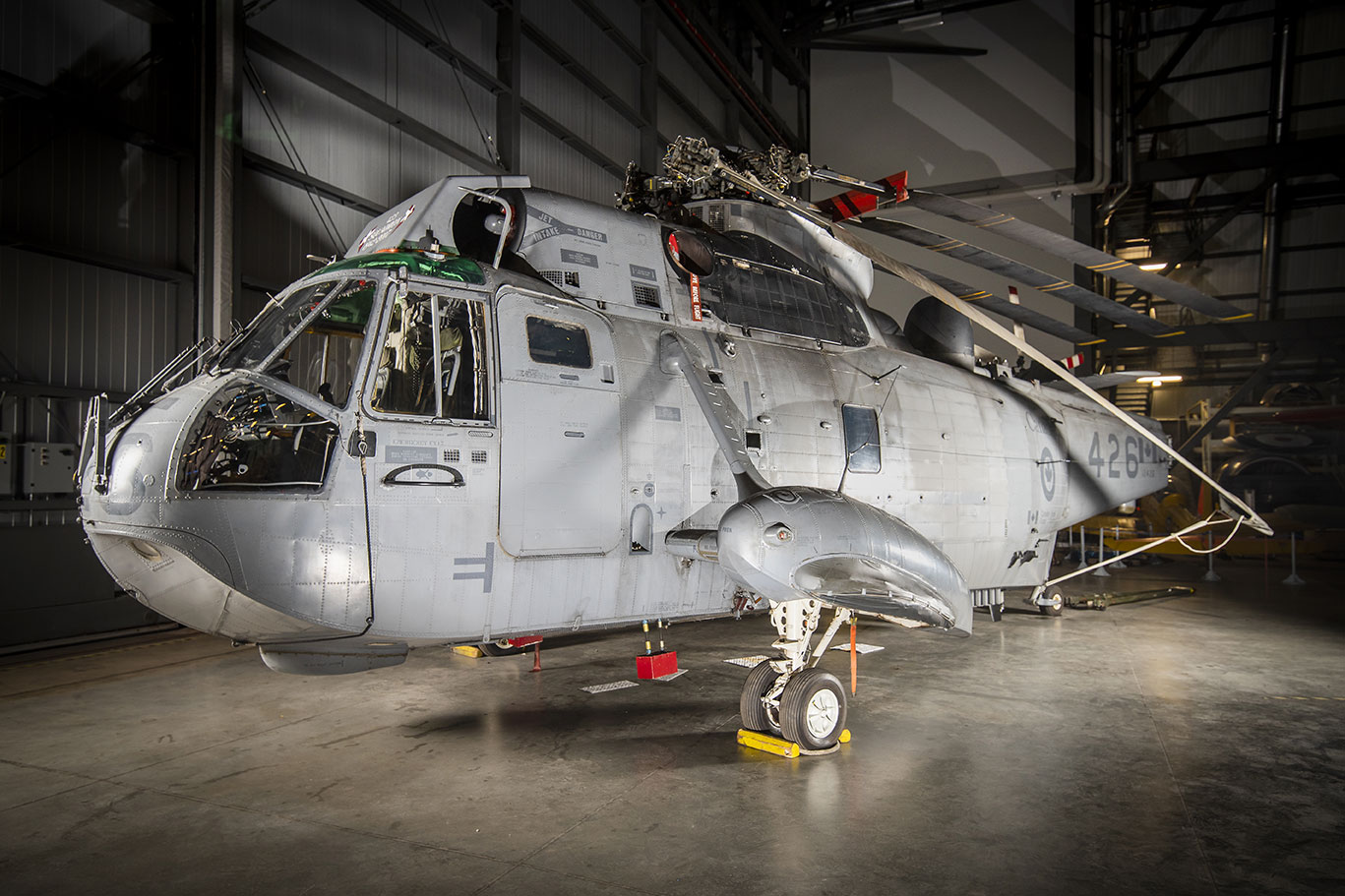
The Sikorsky CH-124B Sea King operated by Brigadier-General Lise Bourgon
2. The Sikorsky CH-124B Sea King operated by Brigadier-General Lise Bourgon
Operational for more than 50 years, the Sikorsky CH-124B Sea King is a twin-engined, anti-submarine helicopter that has earned a trusted reputation amongst Canadian military aircraft of the twentieth century.
Brigadier-General Lise Bourgon has flown the very Sea King that is proudly displayed at the Canada Aviation and Space Museum.
A woman of many “firsts,” Bourgon was the first female pilot to command a squadron, as well as the first to be promoted to lieutenant, lieutenant colonel, and general. Throughout her decorated career, she was the first female wing commander at 12 Wing Shearwater. When she led the Joint Task Force in Iraq, Bourgon became the first female to command a Canadian combat mission overseas.

Roberta Bondar’s Space Physiology Sled on display at the Canada Aviation and Space Museum.
3. The Space Physiology Experiment Sled used by Roberta Bondar
This intriguing Canadian device flew aboard Space Shuttle Discovery. It was used for a space sickness experiment that Roberta Bondar (CSA), Canada’s first female astronaut, took part in. An astronaut would sit in the sled and, as the “polka-dot umbrella” spun, their balance would be analyzed.

Elaine Anne Wolfe’s 1988 Chevy Blazer
4. Elaine Anne Wolfe’s 1988 Chevy Blazer
Elaine Anne Wolfe is the original owner and operator of the 1988 Chevy Blazer that is part of Ingenium’s transportation collection. The vehicle was adapted by her late father, Clifford Wolfe, to include an innovative hydraulic lift system — later patented as the Elaine Anne Lift System — that allowed her to get in and out of the vehicle in her wheelchair following an accident that left her quadriplegic at 18 years old.
After designing this system, Cliff Wolfe started a company that focused on adapting vehicles and everyday spaces to the personalized needs of people with physical disabilities. More than 100 Elaine Anne Lift Systems were produced.

Warner & Swasey Co. Refracting Telescope
5. Refracting Telescope, c. 1905
This telescope was transferred from the Dominion Observatory to the Museum in 1974, and has historical ties to three pioneers in astronomy who worked with the telescope: Miriam Burland, the first woman on staff at the Observatory (pictured), Helen Sawyer-Hogg, an astronomer noted for pioneering research into globular clusters and variable stars, and Mary Grey, the former curator who was responsible for its move and public astronomy programs at the museum.
When it was installed in 1905, this 15-inch refracting telescope by Warner & Swasey was among the largest refracting telescopes in the world, and it remains the largest erected in Canada. While no longer operational, this artifact is a major part of the Dominion Observatory’s original equipment, and it played an important role in early astronomical research carried out in Canada.

Faith Fyles' botanical illustrations
6. Faith Fyles' botanical illustrations
These illustrations were part of the horticultural research program at the Central Experimental Farm in Ottawa in the 1920s and 1930s.
Faith Fyles was the first woman appointed to a scientific post in the Department of Agriculture. She was an Assistant Botanist in the seed division but switched over to work in horticulture and created hundreds of paintings documenting plant varieties and pathologies.
Her paintings were intended to illustrate plants being studied, to provide a record of true colour and technical detail before the time of reliable colour photography.

The Darrieus turbine model
7. Monique Carpentier & the Darrieus turbine models
The model represents a Darrieus type turbine, a first generation of vertical axis wind turbine (VAWTs). Several models were produced at National Research Council (NRC) in the early 1970s at the request of Monique Carpentier, to promote the wind power industry among cabinet ministers and politicians.
Her work with the NRC in the early 1980s proved essential in assisting with wind power research alongside Raj Rangi, Peter South, and Jack Templin. She was the first woman in Canada involved in wind power research, and one of the first women working on wind power in the world.
Carpentier was a founding member of the Canadian Wind Power Association, and the director of the wind research program at Natural Resources Canada. She was involved in wind power work until 1990, when she decided to move to policy research.
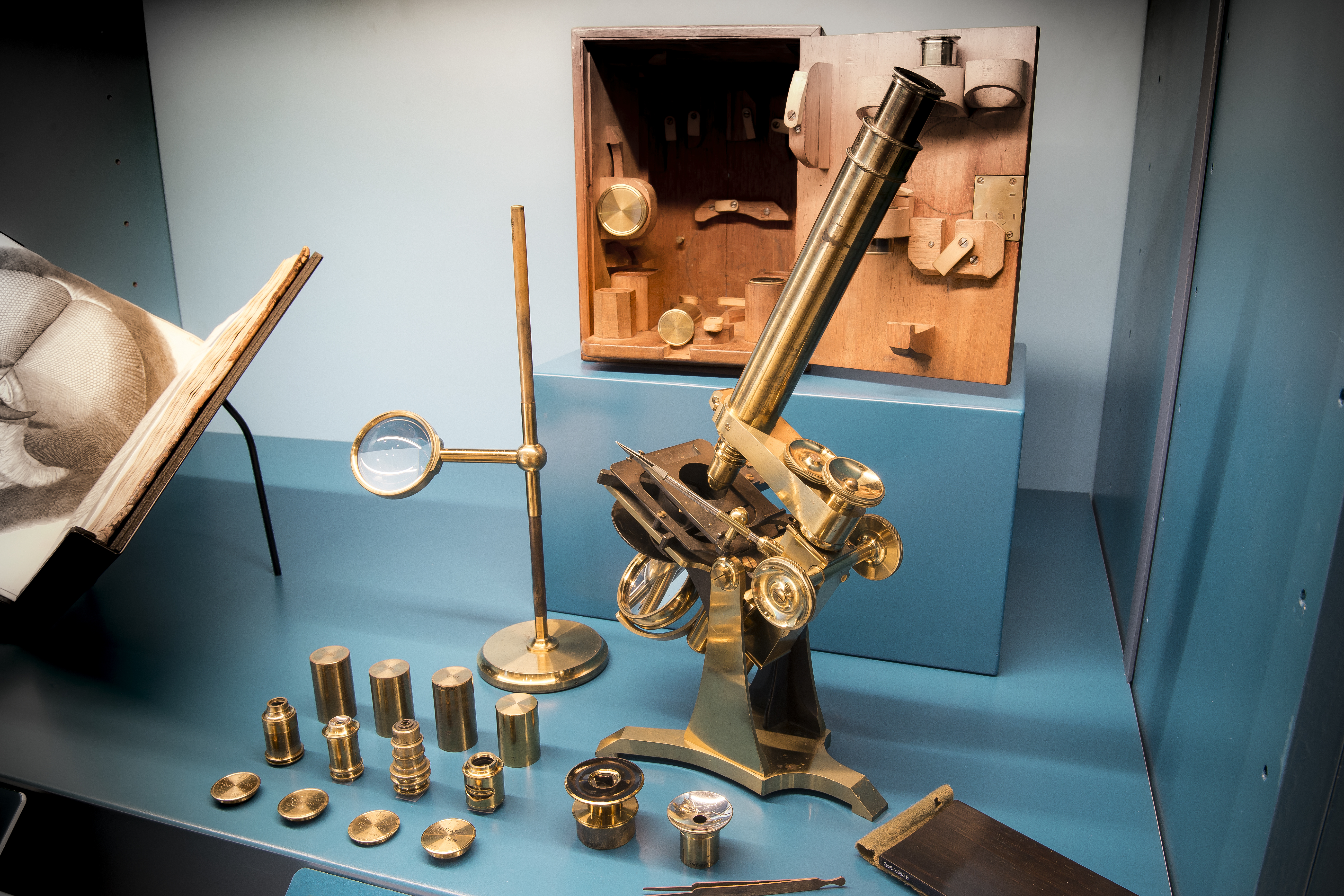
Caroline Bucknall Estcourt's Portable Microscope at the Canada Science and Technology Museum
8. Caroline Bucknall Estcourt's Portable Microscope
Currently on display at the Canada Science and Technology Museum’s Hidden Worlds gallery, this microscope is a very rare artifact for the period and one the most important optical microscopes in the collection. It incorporates one of the earliest commercial, portable achromatic lens systems made by the well-known instrument maker, Andrew Ross of London.
This portable microscope was used by Caroline Bucknall Escourt (1809-1886), wife of a British officer, James Bucknall Bucknall Estcourt. In the 1830s and 1840s, Bucknall Escourt was posted to the Canadian colonies where she produced portraits, sporting scenes, landscapes, and journals while accompanying her husband on his surveying and military missions.




